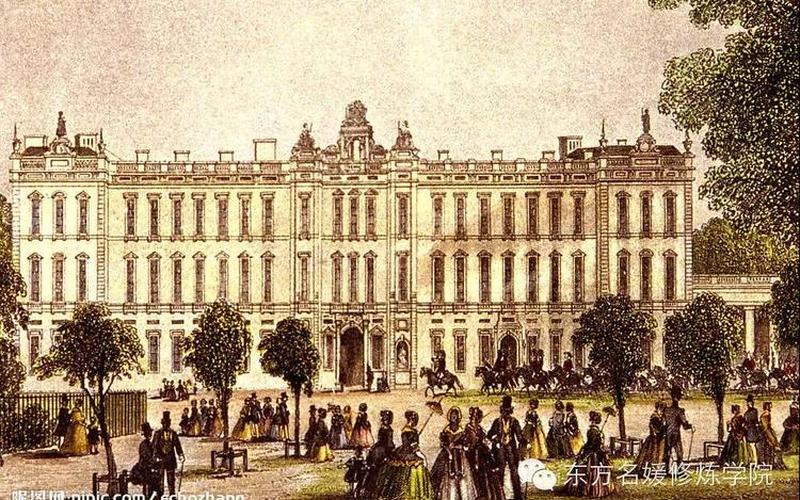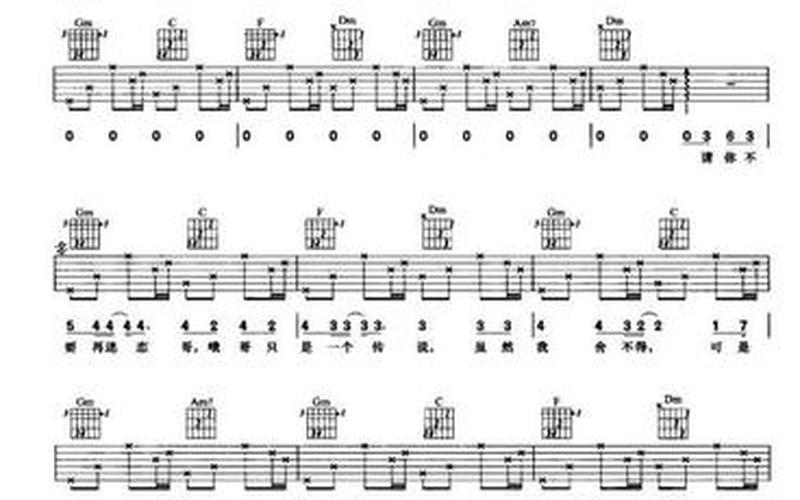Aristocracy: The Rise and Fall of Noble Culture
The aristocracy, a class of nobles who held power and privilege in society, once reigned supreme in Europe. They were the epitome of elegance, refinement, and sophistication, and their culture was the envy of the world. However, over time, their glory faded, and their power waned. Today, the aristocracy is but a shadow of its former self. In this article, we will explore the rise and fall of noble culture and examine the reasons behind its decline.
The aristocracy emerged in Europe during the Middle Ages when feudali *** was the dominant social system. The nobles were the landowners, and they held sway over the peasants who worked the land. They were the ruling class, and their culture reflected their status. They were patrons of the arts, and they sponsored artists, musicians, and writers. They built magnificent palaces and castles, and they filled them with priceless works of art and furniture. They dressed in the finest clothes and held lavish parties and balls. They were the embodiment of refinement and elegance.
The Renaissance was the golden age of the aristocracy. It was a time of great intellectual and artistic achievement, and the nobles were at the forefront of this movement. They were patrons of the great artists of the time, such as Leonardo da Vinci, Michelangelo, and Raphael. They supported the development of science, literature, and philosophy. They were the driving force behind the cultural renaissance that swept across Europe.

However, the aristocracy's power began to decline in the 18th century. The rise of the middle class and the industrial revolution changed the social and economic landscape of Europe. The nobles were no longer the only ones with wealth and power. The middle class grew in size and influence, and they began to challenge the aristocracy's dominance. The industrial revolution brought about new technologies that made the aristocracy's traditional way of life obsolete. The nobles no longer had a monopoly on wealth and power, and their culture began to lose its appeal.
The 20th century saw the final decline of the aristocracy. The two world wars devastated Europe, and the nobles were among the hardest hit. Many of them lost their wealth and their estates, and their way of life was forever changed. The rise of democracy and the decline of monarchies further eroded the aristocracy's power. Today, the aristocracy is a relic of the past, a fading memory of a bygone era.
In conclusion, the aristocracy was a cultural force that dominated Europe for centuries. Their culture was one of refinement, elegance, and sophistication. However, their power declined over time, and their culture lost its appeal. Today, the aristocracy is a shadow of its former self, a symbol of a bygone era. The rise and fall of noble culture is a testament to the changing social and economic landscape of Europe and the world.







